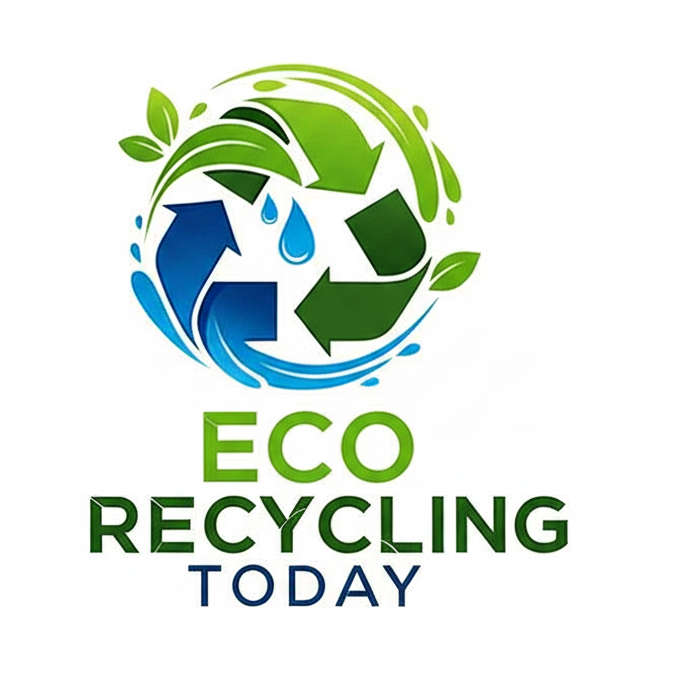Plastic pollution is one of the most pressing environmental issues of our time. In response, biodegradable bags have emerged as a popular alternative to traditional plastic bags. But what exactly are biodegradable bags, and how eco-friendly are they?
What Are Biodegradable Bags?
Biodegradable bags are bags made from materials that can break down naturally in the environment through the action of microorganisms like bacteria and fungi. Unlike conventional plastic bags, which can take hundreds of years to decompose, biodegradable bags are designed to degrade within months or a few years under the right conditions.
Types of Biodegradable Bags
There are several kinds of biodegradable bags, including:
- PLA-Based Bags: Made from plant-based plastics like polylactic acid (PLA), derived from corn starch or sugarcane.
- PBAT Blends: A mix of biodegradable and compostable polymers, often used in trash and grocery bags.
- Starch-Based Bags: Made from renewable sources like potato or tapioca starch, often used for food waste or compost bin liners.
- Oxodegradable Bags: Made from conventional plastic mixed with additives to accelerate degradation—not fully compostable and often controversial.
Key Benefits of Biodegradable Bags
- Faster Breakdown: Decompose more quickly than regular plastic.
- Made from Renewable Materials: Many are plant-based.
- Reduced Plastic Pollution: Lower environmental impact in landfills and nature.
- Compostable Options Available: Some bags meet standards for industrial or home composting.
Are Biodegradable Bags Truly Eco-Friendly?
Biodegradable doesn’t always mean compostable. To be compostable, a bag must break down into non-toxic, natural elements without leaving harmful residue—and usually under specific conditions (like in an industrial composting facility).
Some biodegradable bags only degrade under controlled heat and moisture levels, meaning they may not break down in landfills or oceans.
Tip: Look for certifications such as:
- EN 13432 (Europe)
- ASTM D6400 (USA)
- OK Compost/Home Compostable (TÜV Austria)
Where Are Biodegradable Bags Used?
- Retail & Grocery Stores
- Food Packaging
- Compostable Waste Liners
- Delivery & E-commerce Packaging
- Event Giveaways & Eco-Friendly Promotions
Biodegradable vs Compostable vs Traditional Plastic
| Feature | Biodegradable Bags | Compostable Bags | Traditional Plastic |
|---|---|---|---|
| Breaks Down Naturally | Yes | Yes | No |
| Leaves No Toxic Residue | Sometimes | Yes | No |
| Requires Composting Facility | Often | Yes | N/A |
| Made from Plants | Often | Yes | No |
Biodegradable bags offer a promising step toward reducing plastic waste, especially when certified compostable and used correctly. However, not all biodegradable bags are created equal. Understanding the materials, certifications, and disposal requirements is essential to making a truly sustainable choice.
Whether you’re a business looking to switch to eco-friendly packaging or a consumer trying to reduce plastic use, biodegradable bags are a better alternative
